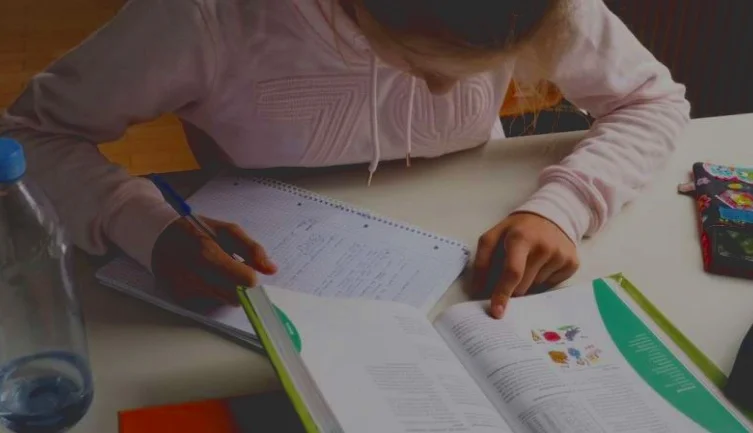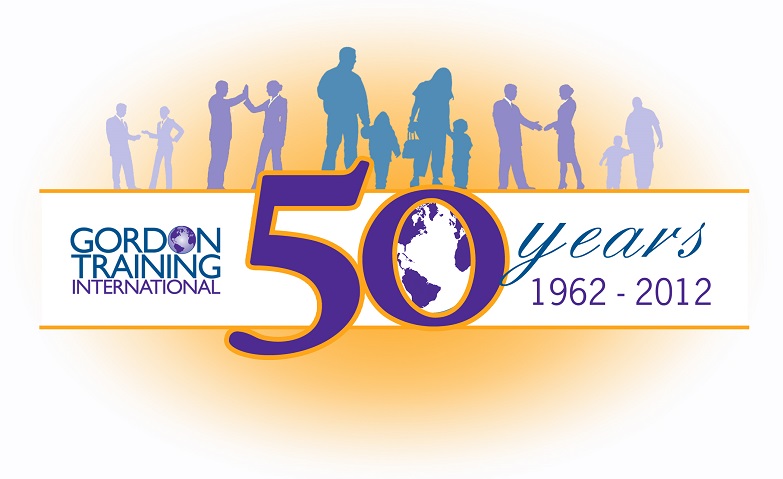In the first entry, we laid out a plan for dousing a physical flare-up between siblings.
Over time, that kind of calm leadership models behavior kids take on themselves. We send a message that conflict -- that unavoidable marker of human interaction -- is a chance to get in touch with feelings and needs; to express them assertively; to open up to another's perspective; to make repairs and, finally, to grow closer.
Now, what else can we do to keep the landscape so well irrigated that these fires are less likely to occur?











